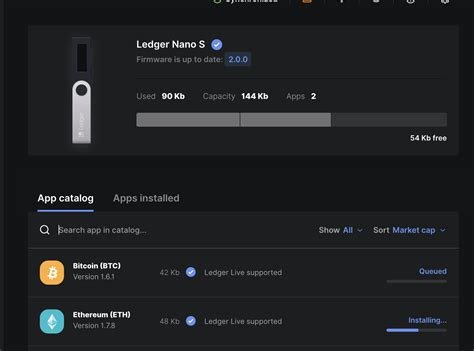RPC Error: User is not authorized for the requested account and/or method
When implementing one-click login flows with MetaMask, it is very important to ensure that your user is properly authenticated before proceeding. Unfortunately, a common issue occurs when a user is asked to authorize access to their MetaMask wallet. This error message is displayed when a request fails due to a lack of user authorization.
Understanding RPC Errors

RPC (Remote Procedure Call) errors occur when an application is unable to communicate with its underlying systems or services. In this case, it appears that MetaMask is unable to authenticate your application’s requests due to insufficient permissions.
Issue: Unauthorized Account and Method
When a user initiates the login flow in your application using MetaMask, they must request access to their wallet and account information. However, if the user does not accept these requests, your application will not be able to continue.
To illustrate this issue, let’s look at the example given in the One-Click Login Flows with MetaMask tutorial:
`javascript
const metamask = window.ethereum;
if (!metamask && !metamask.isMetaMask) {
console.log('The user is not authenticated or is not authorized for the application to access their wallet.');
} else if (metamask && metamask accounts.length === 0) {
console.log('MetaMask account not found. Please link your wallet and authorize the application.');
} else {
// Continue logging in
}
Solution: Check account and method authorizationTo resolve this issue, you need to check if the user has authorized the requested account and method. Here is an updated example:
javascriptError using wallet: ${error}const metamask = window.ethereum;
if (!metamask && !metamask.isMetaMask) {
console.log('The user is not authenticated or is not authorized for the application to access their wallet.');
} else if (metamask && metamask.accounts.length > 0) {
const accounts = metamask.accounts;
const method = window.web3.eth.createAccount;
for (const account account) {
try {
await(account) method;
// Continue logging in
break;
} catch (error) {
console.log(
);Error using wallet: ${error}`);}
}
} else if (!metamask && metamask.isMetaMask) {
const accounts = metamask.accounts;
for (const account account) {
try {
await(account) method;
// Continue logging in
break;
} catch (error) {
console.log(
}
}
} else if (metamask && metamask.accounts.length === 0) {
console.log('MetaMask account not found. Please link your wallet and authorize the app.');
}
Best practices
To avoid this problem in the future, consider implementing additional security measures:
- Always verify authorization before proceeding with user authentication.
- Use the "metamask accounts.length > 0" parameter instead of using the accounts table directly to ensure that only authorized accounts are used.
- Log any errors that occur during wallet use so you can diagnose issues.
By following these instructions, you will be able to implement robust one-click login flows with MetaMask and minimize RPC errors.